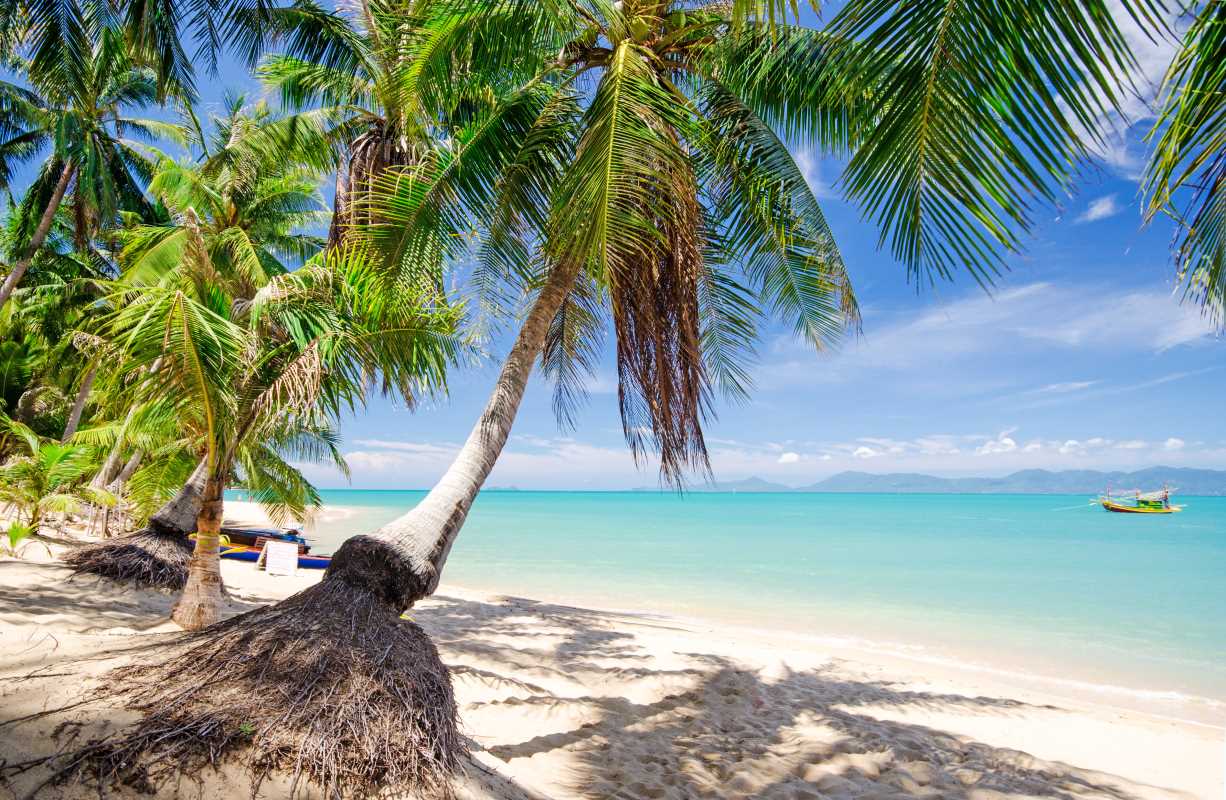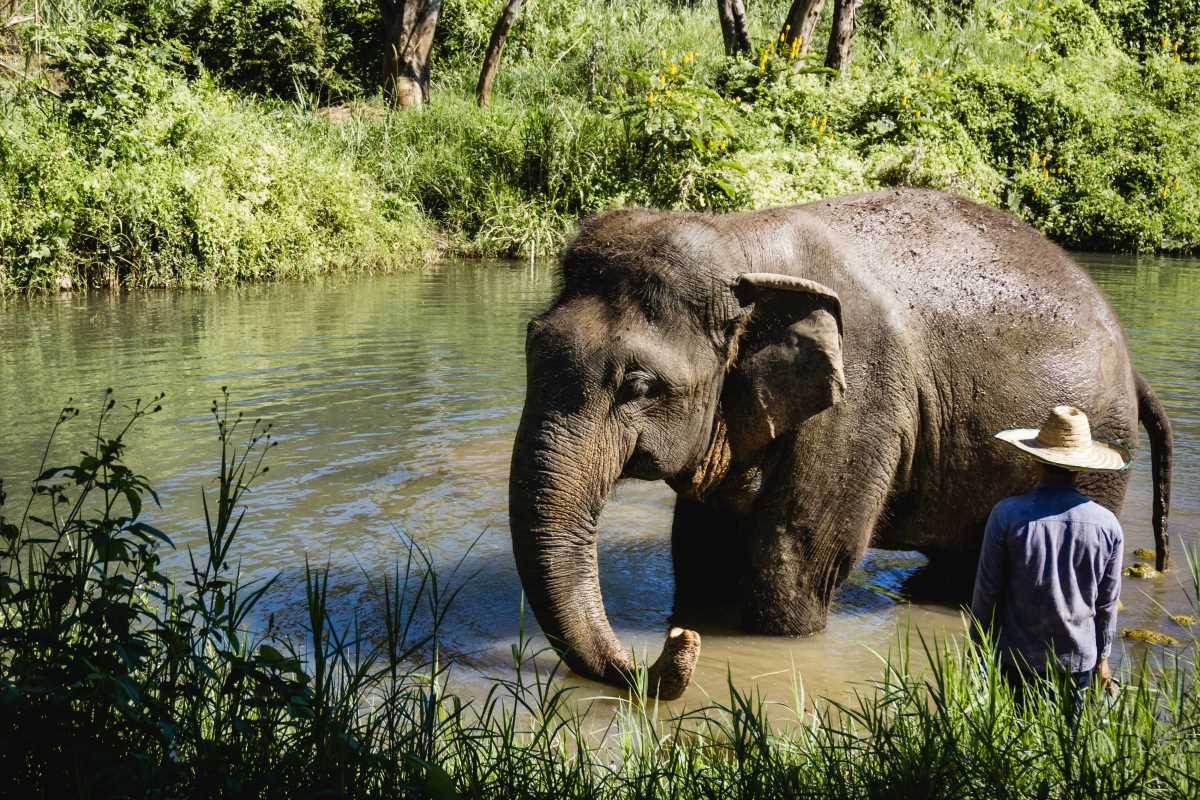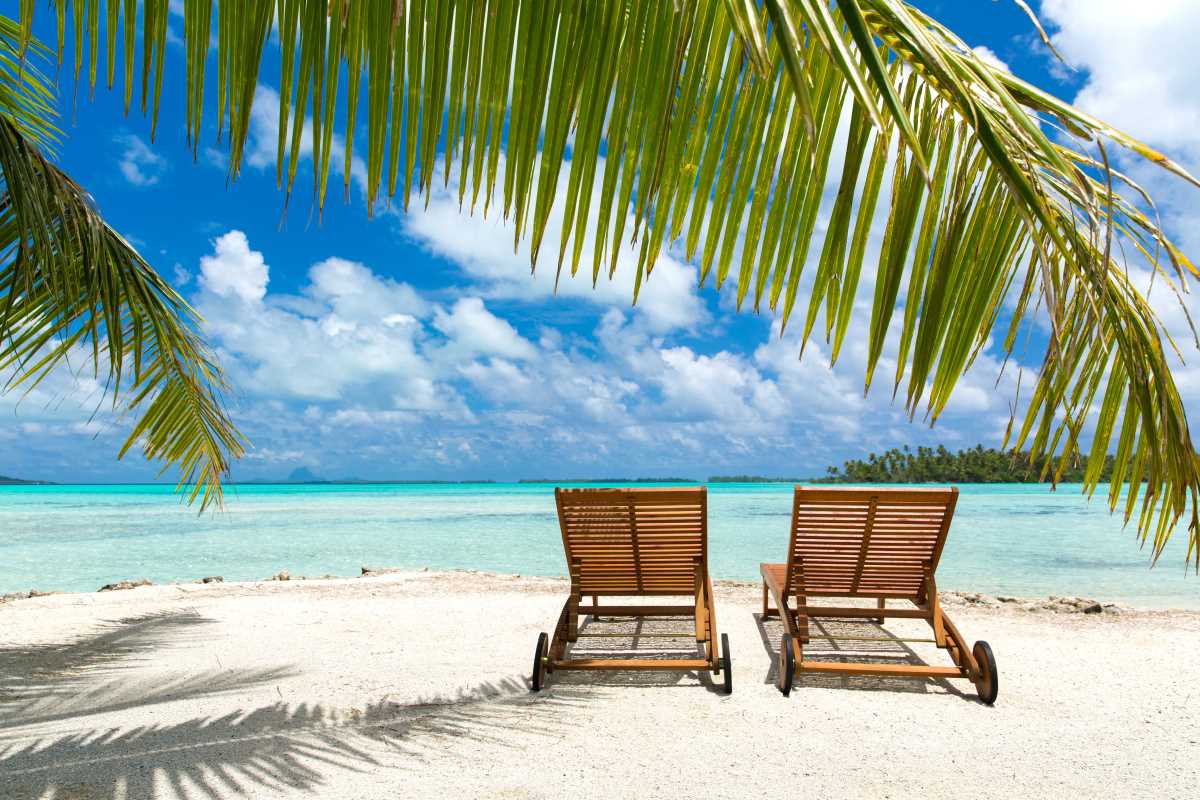Imagine soft snow blanketing endless landscapes, the northern lights dancing across the night sky, and cozy cabins offering a warm refuge after a day of winter adventures. Scandinavia is a dream destination for winter travel enthusiasts. From thrilling activities like dog sledding to unique accommodations like glass igloos, there’s an enchanting experience waiting for you. But planning a trip to this snowy wonderland takes preparation. From packing the right clothes to understanding the polar night, this guide will help you create a magical winter getaway without breaking the bank. Here’s everything you need to know to make the most of your adventure in Sweden, Norway, and Denmark.f
Choose the Perfect Scandinavian Destination
Scandinavia is made up of Norway, Sweden, and Denmark. Although Finland and Iceland are part of the Nordic region, they’re not technically Scandinavian. That said, many travelers explore these countries together because of their shared geography and culture.
- Norway is famous for its fjords, northern lights, and unique activities like reindeer sledding. Tromsø, located above the Arctic Circle, is a winter hotspot and a great place to experience the polar night.
- Sweden offers a mix of snowy wilderness and charming towns. Kiruna, in Swedish Lapland, is home to the iconic Icehotel. For a cultural twist, Stockholm’s historic old town looks especially magical in winter.
- Denmark has milder winters, making it a great fit for travelers who prefer a city break over arctic adventures. Copenhagen, with its twinkling Christmas markets and cozy cafés, is enchanting during the colder months.
If your goal is to chase the northern lights, you’ll want to head north to Lapland or the Arctic regions of Norway and Sweden. For ski lovers, Norway’s slopes, like those at Trysil, won’t disappoint. Decide what kind of experience you’re after, and pick your destination accordingly.
Plan for Limited Daylight (and Polar Night)
One unique aspect of a Scandinavian winter is the amount of daylight you’ll experience. From late November to mid-January, regions above the Arctic Circle go through the polar night, meaning the sun doesn’t rise at all. While this might sound bleak, it’s surprisingly magical. The skies often glow in shades of blue and purple, and the lack of sunlight creates the perfect conditions for spotting the aurora borealis.
Closer to the southern regions, like Stockholm or Copenhagen, you’ll get a few more hours of daylight, though expect shorter-than-usual days. To make the most of your trip, plan outdoor activities during daylight hours and reserve the evenings for cozy indoor experiences or aurora hunting.
Pack Smart with a Focus on Layering
Packing for winter in Scandinavia requires some thought, as the cold can be intense. The key to staying comfortable is layering, which lets you adjust to changing temperatures as you transition between indoor and outdoor environments. Here’s a simple breakdown of what to pack:
- Base Layer: Choose moisture-wicking thermals made of wool or synthetic materials to keep sweat away from your skin.
- Middle Layer: Insulating layers like fleece or down provide warmth. These are essential for trapping heat.
- Outer Layer: A high-quality, waterproof and windproof jacket will protect you from snow and icy winds.
- Accessories: Don’t forget insulated gloves, wool socks, a hat, and a scarf. For extreme cold, hand warmers can be a game-changer.
- Footwear: Invest in waterproof, insulated boots with good traction to handle the snow and ice.
If you’ll be visiting northern areas, where temperatures can drop to -20°C (-4°F) or lower, packing extra layers is critical. You can also rent specialty winter gear, like snow boots, at many northern hotels or tour companies.
Budgeting Tips for a Scandinavian Winter Trip
Scandinavia has a reputation for being pricey, but with some clever planning, you can enjoy this winter wonderland without blowing your budget. Here are some money-saving tips:
- Accommodation: Consider staying in budget-friendly options like mountain cabins, guesthouses, or Airbnb rentals. A traditional Scandinavian “hytte” (cabin) offers both charm and affordability in rural areas.
- Transport: Use public transportation, which is reliable and efficient across Scandinavia. Trains, buses, and ferries are affordable alternatives to renting a car, especially in winter conditions.
- Meals: Eating out in Scandinavia is expensive, so shop at local grocery stores and make your own meals when possible. Treat yourself to dining out sparingly, and prioritize trying local specialties like Swedish meatballs or Danish smørrebrød.
- Free Activities: Take advantage of free or low-cost attractions, like hiking trails, city Christmas markets, and public spaces for aurora spotting.
With proper planning, you can balance splurging on special experiences, like staying in an ice hotel or taking guided tours, with more budget-friendly choices.
Must-Try Activities for Your Winter Adventure
Scandinavia is packed with unique winter activities, whether you’re looking for adventure or relaxation. Here are some you don’t want to miss:
- Dog Sledding: Glide through snow-covered forests or across frozen lakes while guided by a team of enthusiastic huskies. This is a must-try experience in places like Tromsø or Swedish Lapland.
- Northern Lights Tours: Book a guide to help you chase the aurora borealis. Experts know the best spots and times to maximize your chances of seeing this spectacular natural display.
- Reindeer Sledding: For a truly Scandinavian experience, try reindeer sledding with Sámi guides in Norway or Sweden. This activity often includes learning about Sámi culture, adding depth to your trip.
- Glass Igloos: Spend a night in a glass igloo and watch the northern lights from the comfort of your bed. These unique accommodations are widely available in Finnish Lapland and northern Norway.
- Ice Hotels: Experience art and architecture like no other at one of the region’s famous ice hotels, like the original Icehotel in Sweden or Norway’s Snowhotel in Kirkenes.
- Skiing and Snowboarding: Norway, in particular, is home to many world-class ski resorts. Trysil, Hemsedal, and Hafjell are excellent picks for winter sports enthusiasts.
- City Exploration: If you’re more of a city adventurer, Copenhagen’s Tivoli Gardens, Stockholm’s Gamla Stan, and Oslo’s Viking Ship Museum are all great spots to explore during the colder months.
Understand the Weather Across Regions
Weather conditions can vary widely across Scandinavia in winter, so it’s important to prepare for the specific climate of your destination. Here’s a quick overview:
- Northern Norway and Swedish Lapland: Temperatures often range from -10°C to -20°C (14°F to -4°F), with heavy snowfall. This is the place for deep winter enthusiasts.
- Southern Norway and Sweden: Winters are milder, with average temperatures between -5°C and 0°C (23°F and 32°F). Expect occasional snow but also rain near coastal areas.
- Denmark: Winters are relatively mild compared to other parts of Scandinavia, with temperatures hovering around 0°C to 5°C (32°F to 41°F). Snow is less common, but the icy winds can be sharp.
Knowing what to expect weather-wise will help you pack appropriately and choose the activities that best suit the conditions.
Scandinavia in winter truly feels like a fairytale come to life. From the magic of the northern lights to the warmth of cozy cabins, this region offers an unforgettable mix of adventure and relaxation. The question isn’t whether you should go, but rather, when are you booking your ticket? The snowy wonderland of Scandinavia awaits!
 (Image via
(Image via





.jpg)